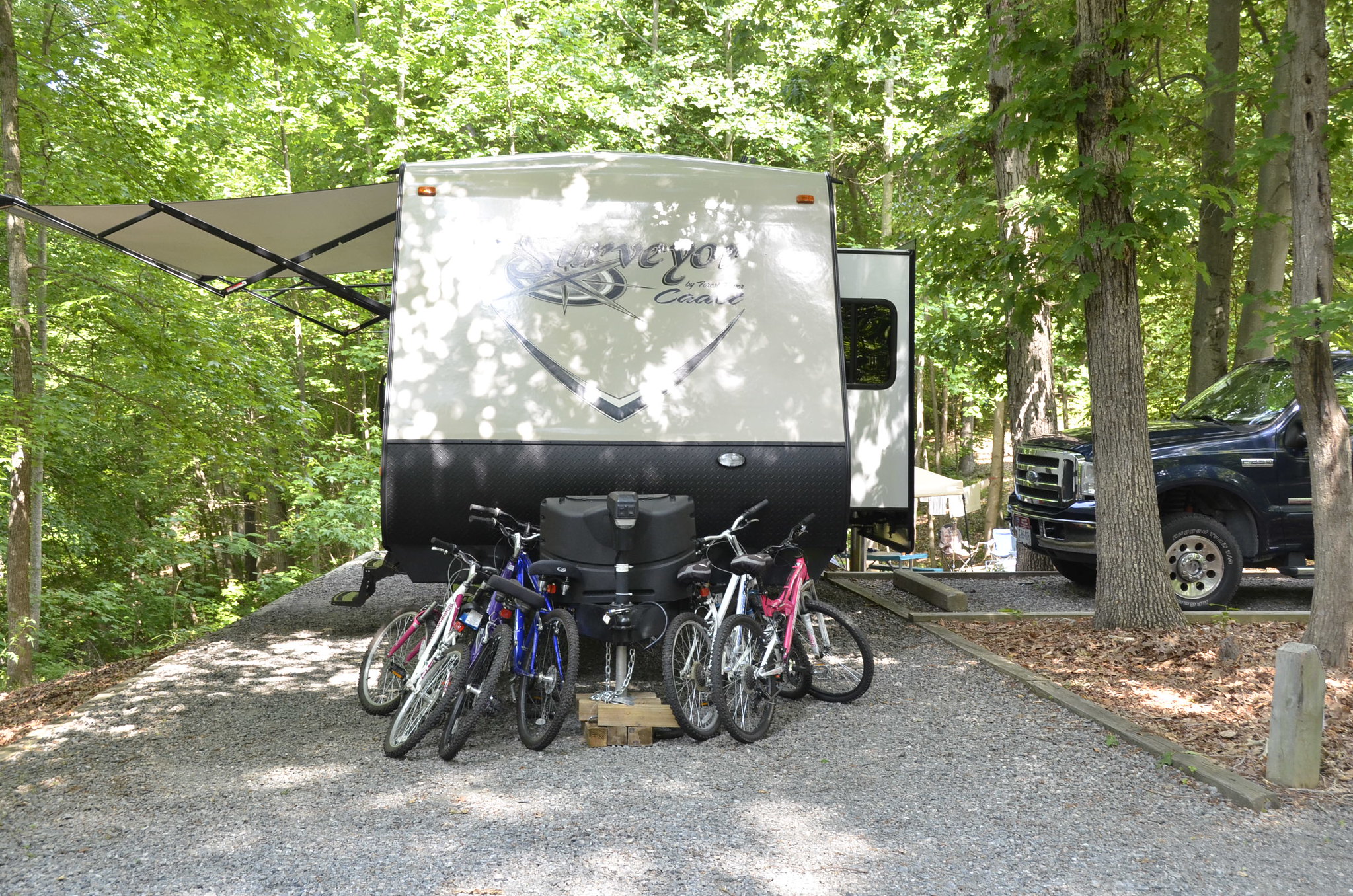
7 Essential Tips For RVing With A Bike
Camping and bicycles go hand in hand. Whether you enjoy mountain biking through the wilderness or a leisurely ride over the campground roads, riding during a camping trip just feels natural. Besides, having a bike to get around town is great when you don’t pull a tow car behind you or don’t want to unhitch the trailer.
Looking to get started biking while camping? It’s pretty easy to jump in really, but there are a few things you may want to consider first. Read on to learn our best tips and tricks.
1. Choose your style of bike well
First of all, you want to make sure you choose the bike that’s right for you.
Will you be doing a lot of trail riding and bumping over rough terrain? If so, you’ll want to go with a mountain bike. In fact, even those who won’t be doing wilderness riding but do tend to spend time in campgrounds with rough roads may want to pick out a nice mountain bike for the sake of durability.
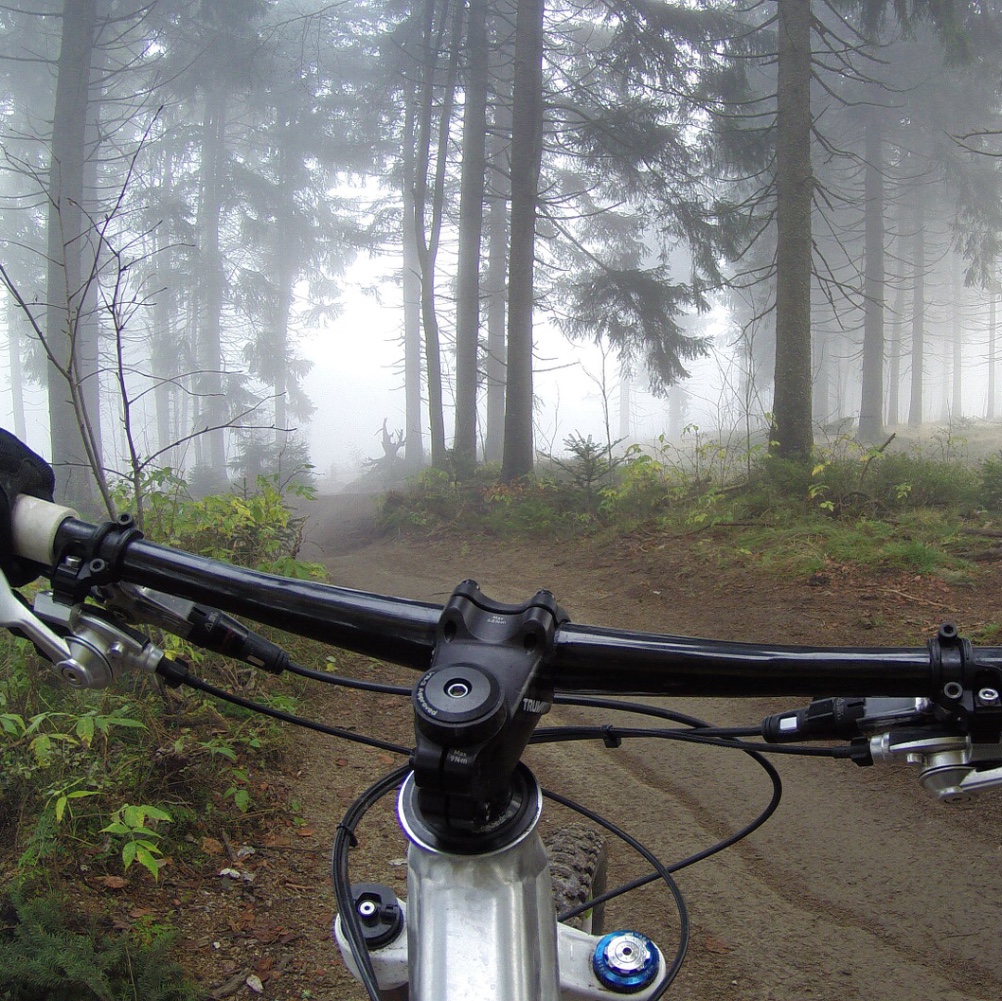
That said, there are some riding types that may call for another type. Campers who use their bikes primarily as a means of transportation around well-developed campgrounds and towns and cities will probably prefer a street or hybrid bike.
Meanwhile, those who camp only on beaches might need a beach cruiser that can handle sand well.
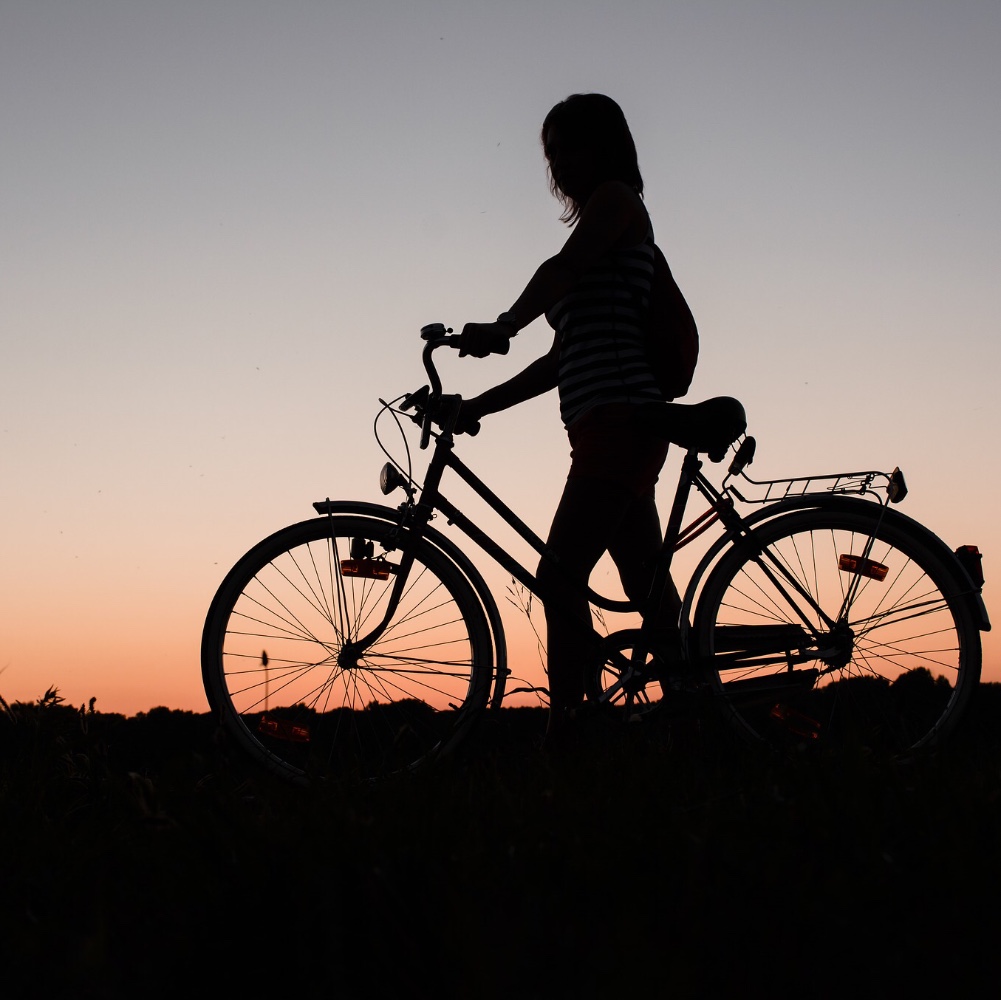
2. Consider size
Of course, no matter what you buy, you will want it to be the right size. Not sure how to figure out what bike size is right for you? The easiest method is to go by height using a chart like the one below:
| Height: 4’11” to 5’3″ | Bike Size: 13 to 15 inches |
| Height: 5’3″ to 5’7″ | Bike Size: 15 to 17 inches |
| Height: 5’7″ to 5’11” | Bike Size: 17 to 19 inches |
| Height: 6’0″ to 6’2″ | Bike Size: 19 to 21 inches |
| Height: 6’2″ to 6’4″ | Bike Size: 21 to 23 inches |
| Height: 6’4″ and taller | Bike Size: 23+ inches |
That said, this doesn’t always provide the best fit, so if your bike still doesn’t feel right, you might want to seek out the advice of a professional at a bike shop.
3. Be properly equipped
With a bike of the proper style and size in hand, the next thing you’ll need to do is ensure it’s properly equipped. A water bottle cage is a necessary accessory when you’ll be riding long distances.
Additionally, you may want to consider a basket, rack, or trailer if you will be using your bike to run errands. Other helpful accessories include lights (for those who ride at night) and a cell phone holder.
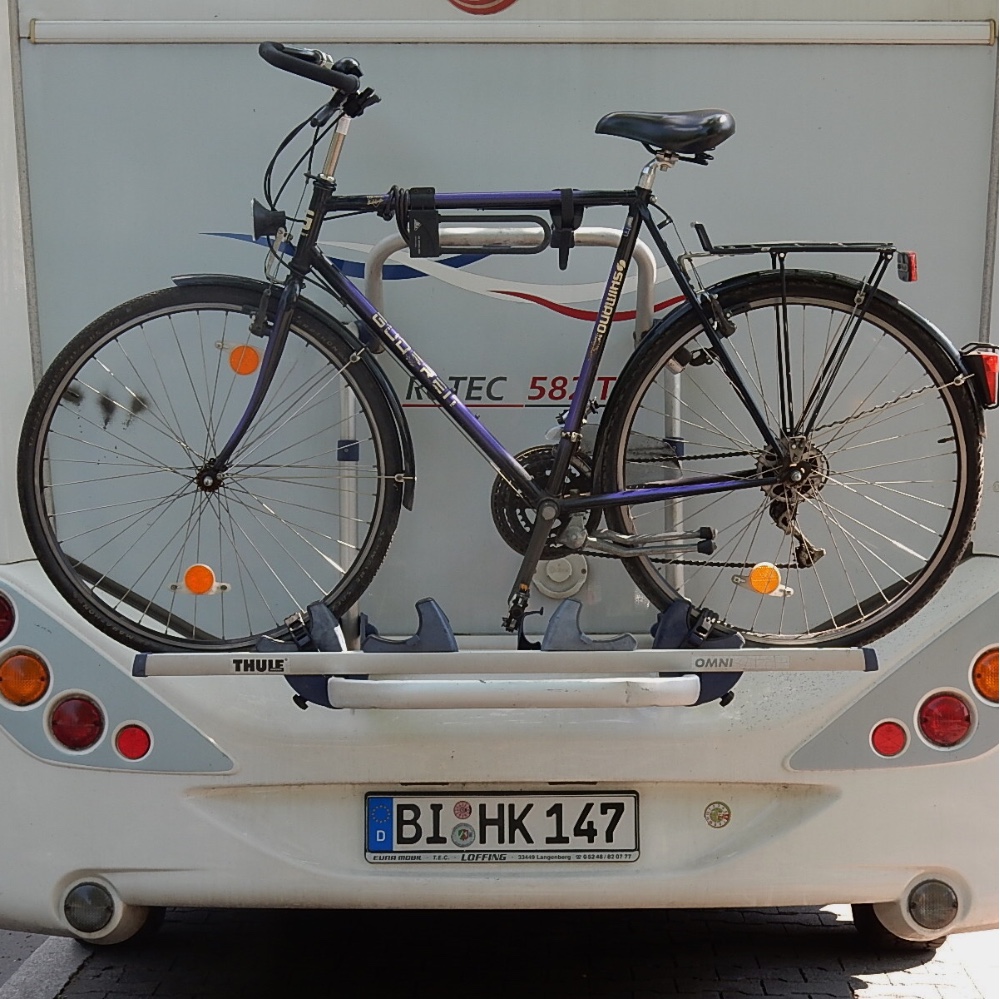
4. Find the right auto rack
Clearly, if you’re going to take your bike camping, you need a good way to travel with it. If you have a motorhome, a bumper bike rack on the motorhome is usually the ideal solution. There is an adapter that will allow you to install a bumper rack while also towing a vehicle behind you.
Those with trailers should generally avoid bumper-mounted racks because trailer bumpers aren’t always strong enough to hold them. Therefore, the best options are a truck bed bike rack if you will be towing a bumper pull, or for those with fifth wheels, a rack that attaches to the ladder, a front bumper rack, or a roof rack. Some people are able to use a hitch rack on their truck and still pull a bumper pull.
Most of these options will also work with a motorhome if you prefer one of these over the bumper-mount option.
5. Always lock up
While it might be tempting to put your trust in your fellow campers and leave your bike out and unlocked during your camping excursions, this is never recommended.
In fact, we recommend investing in a nice U-lock as well as bicycle insurance that will cover the cost of your bike should it be stolen. Not only is this good to use in campgrounds, but also when out running errands or when your bikes are on your vehicle.
6. Keep bikes as dry as possible
If at all possible, try to keep your bike dry. While leaving your bike out in a little rain certainly won’t destroy it, doing so regularly can shorten the life of the bike by causing it to rust.
Those with toy hauler RVs have the option of bringing their bikes into the rear garage when it rains. Meanwhile, campers with 5th wheels can pull their bikes under the bit of the RV that juts out in front.
People with other types of campers can always pull the awning out to keep their bikes dry, but in windy storms and intense downpours, this could cause damage to the awning. In these cases, it’s better to let the bike get wet and take other measures to prevent rust.
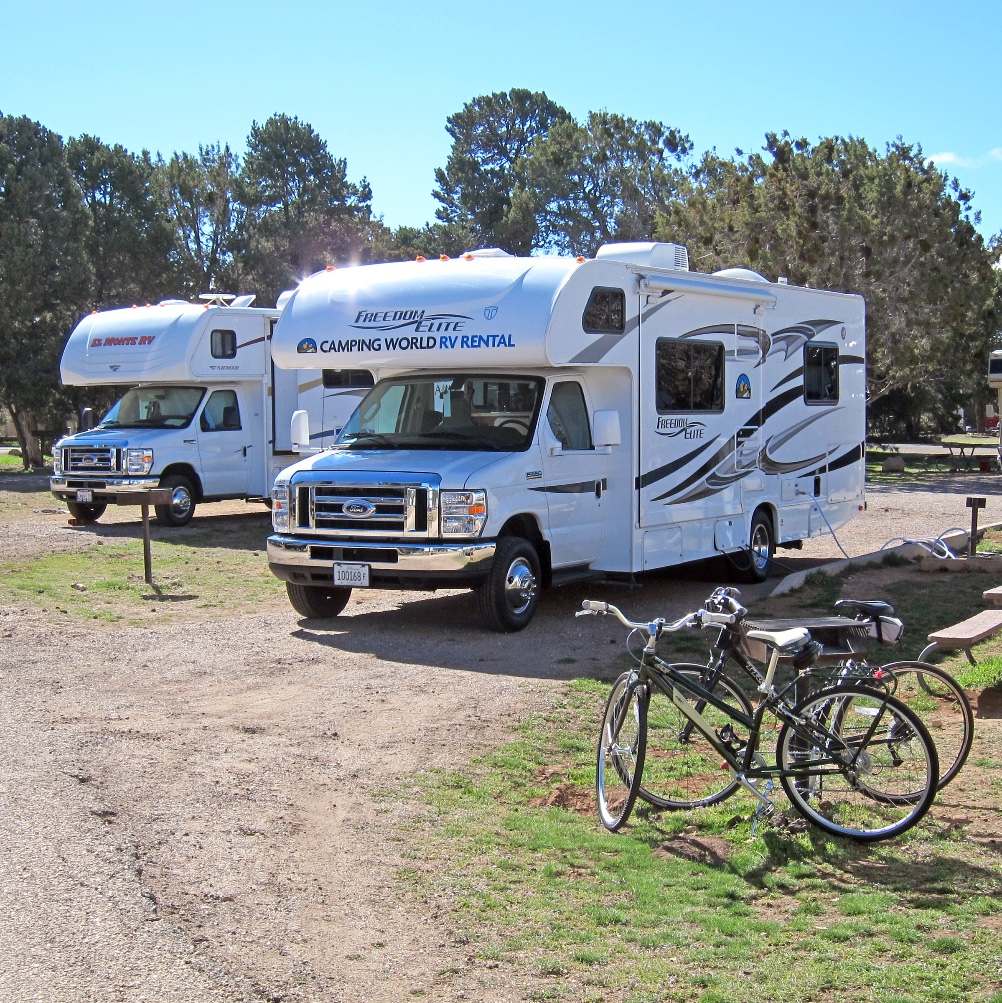
7. Pick campsites wisely
Finally, if riding during your trip is important to you, you will want to choose your camping spots accordingly. Check RV LIFE Campgrounds as well as the campground website for more information on the area trails.
Enjoy nature riding? Make sure the area around you has biking trails. Prefer riding on paved roads? Only reserve campgrounds with nice finished roads. Of course, if you plan to bike as your only means of transportation, you’ll also want to make sure you’re close enough to a town to do that.
Now that you know the basics of camping with your bike, you’re ready to hit the road. Why not start planning your first trip now? Camping and biking are two of the best activities there are, and by combining them, you’re sure to have a ball.
See also: These Mountain Bike Racers Converted A Sprinter Van For Work & Comfort
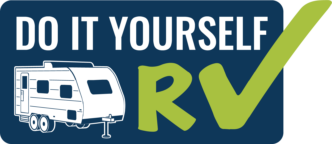
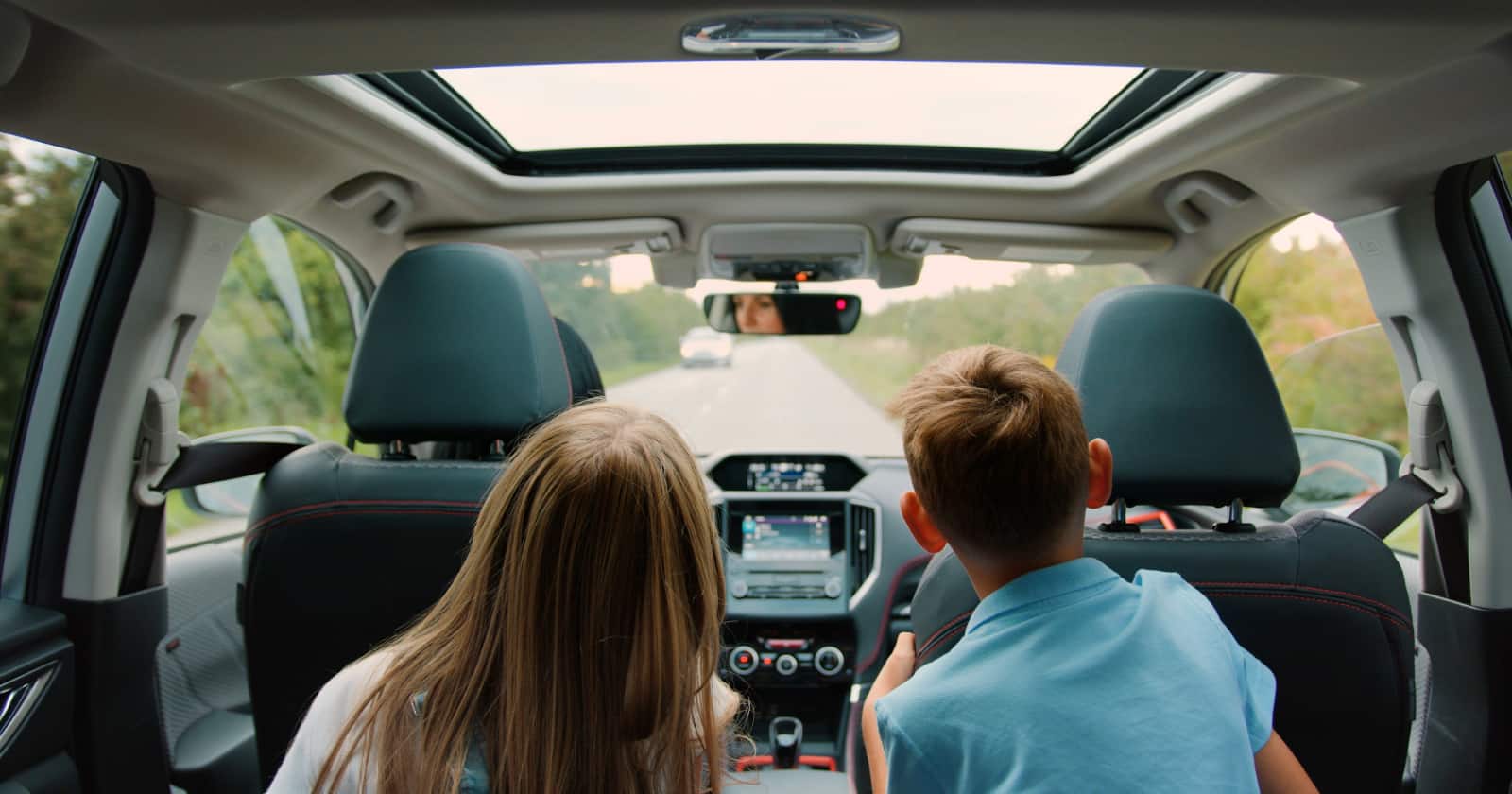
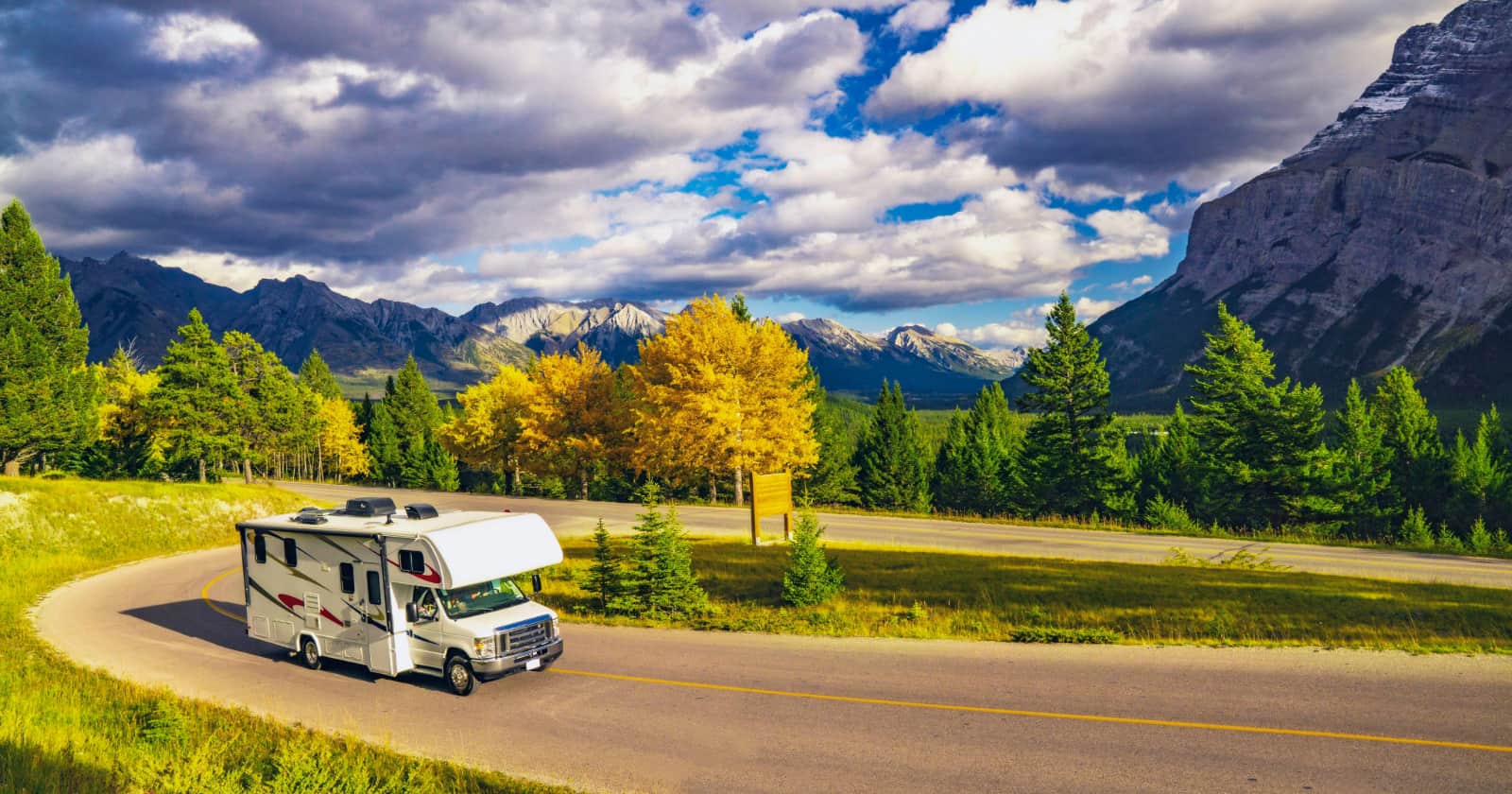
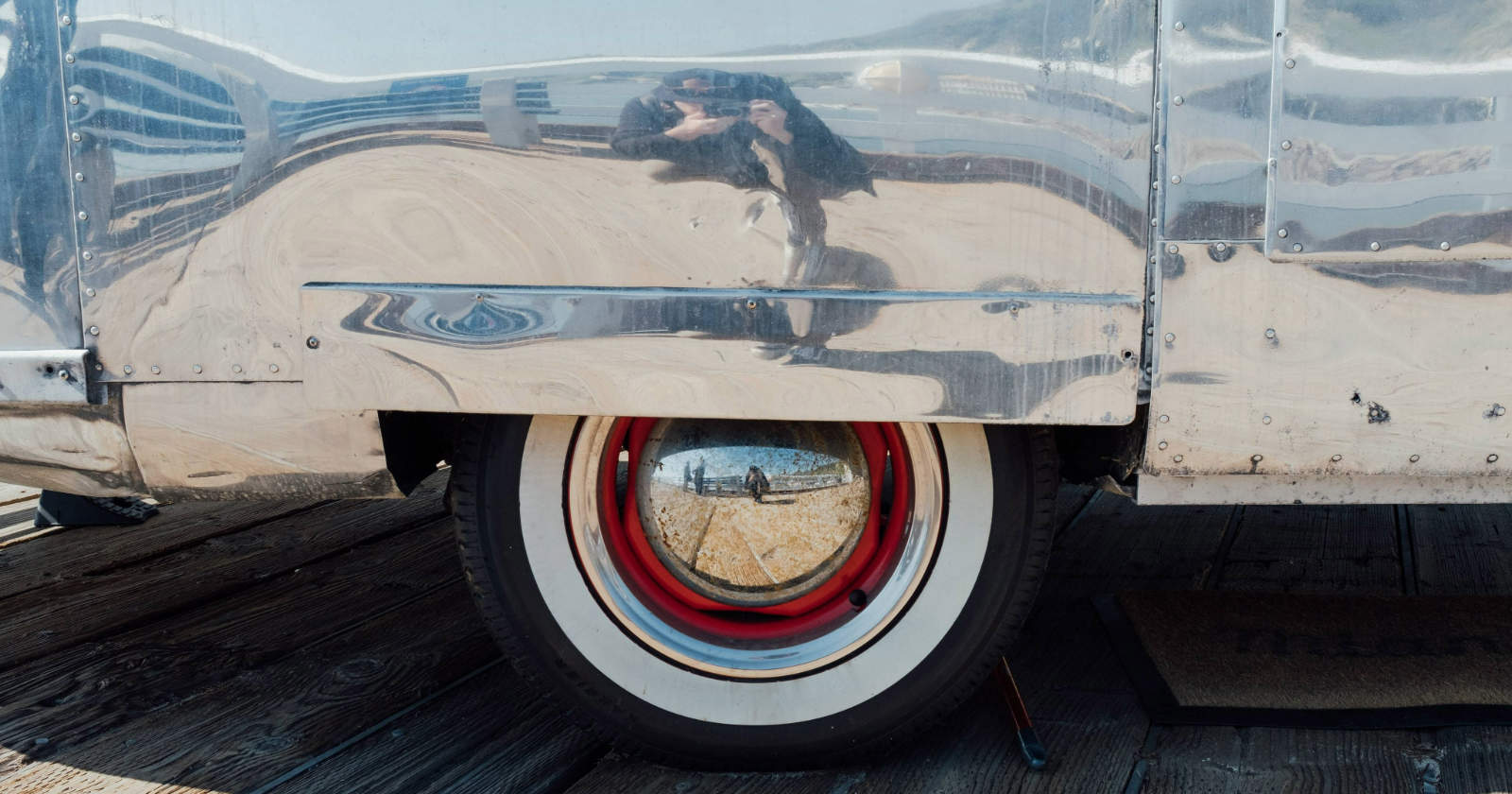
Consider a sturdy road bag to cover your bikes while driving. Keeps off rain and dirt. I love usaroadbag-made in Idaho and very sturdy for a reasonable price. Also makes it much harder to steal bikes off your rack!
Anyone have experience with carrying two three wheel bikes on the back of a class C while towing a TOAD?